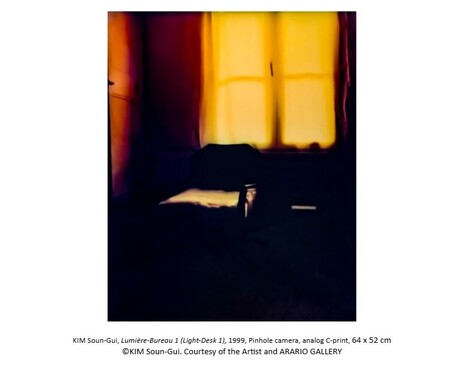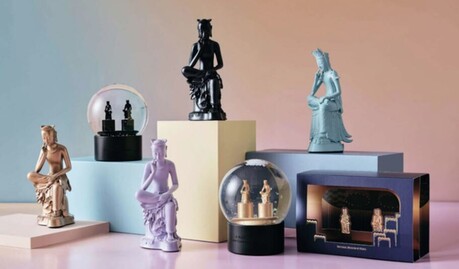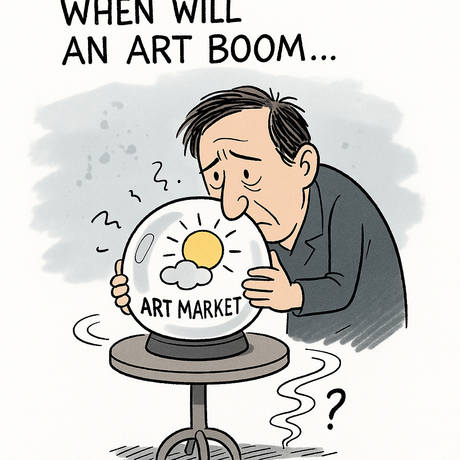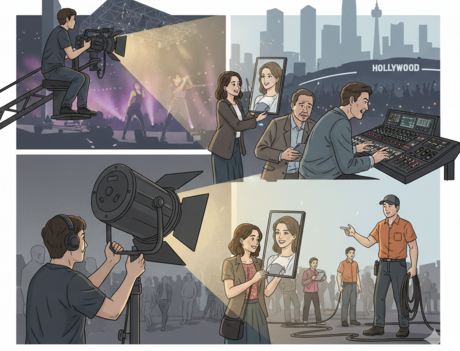A contemporary photographer is pushing the boundaries of traditional image-making by creating photographs without a camera, drawing inspiration from pioneering techniques developed in the 1950s. The artist follows in the footsteps of Pierre Cordier, whose groundbreaking chemigrams from that era fundamentally redefined what photography could be.
The innovative process involves using fire, chemicals, and light-sensitive paper to collaborate directly with materials in revealing landscapes shaped by chance and experimentation. Each artistic piece begins with a barrier that is melted, brushed, or dripped onto the surface, then exposed to flame or sunlight. Through this unconventional method, chemicals seep into cracks and fissures, etching marks that evoke natural phenomena and feel like captured memories of wind patterns or distant horizons.
Working under the mentorship of Cordier's experimental spirit and collaborating with fellow artists Frank Lopez and Chuck Kelton, the photographer has learned to balance artistic control with creative surrender. This approach allows for unexpected results while maintaining intentional artistic direction throughout the creative process.
A particularly significant body of work was developed at Lakewood Cemetery in Minneapolis, where the artist incorporated site-specific elements directly into the photographic pieces. These elements included ivy ash, pollen stains, and pine boards salvaged from old funeral biers, creating a deep connection between the artwork and its location. The frames themselves were carved from wood that once carried caskets, binding the images to both place and time in a meaningful way.
For this artist, photography represents transformation in its purest form. Light fundamentally alters paper, while chemistry leaves permanent scars and marks on the surface. What ultimately remains serves as proof that beauty can thrive in the space where precision and accident collide, creating something entirely new and unexpected. The artist's work can be viewed at https://www.rjkern.com/ethereal-echos, showcasing this unique approach to photographic art.





















